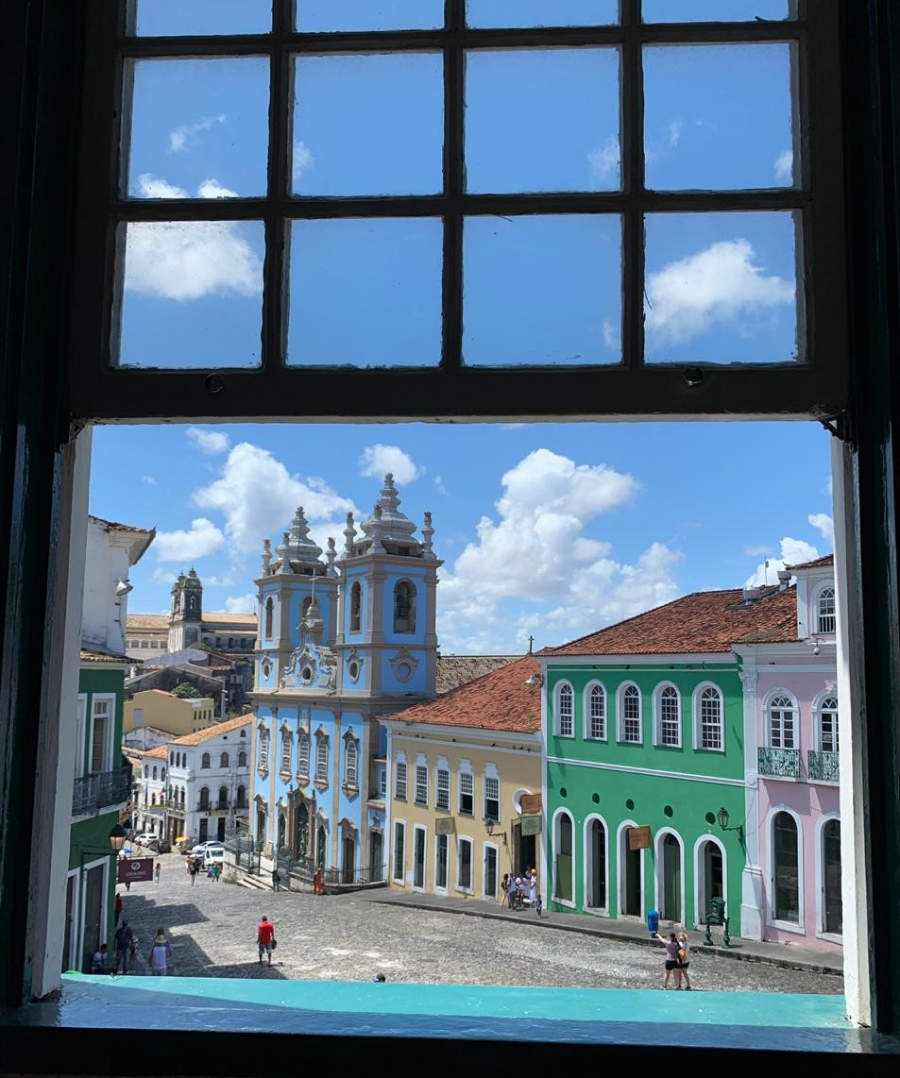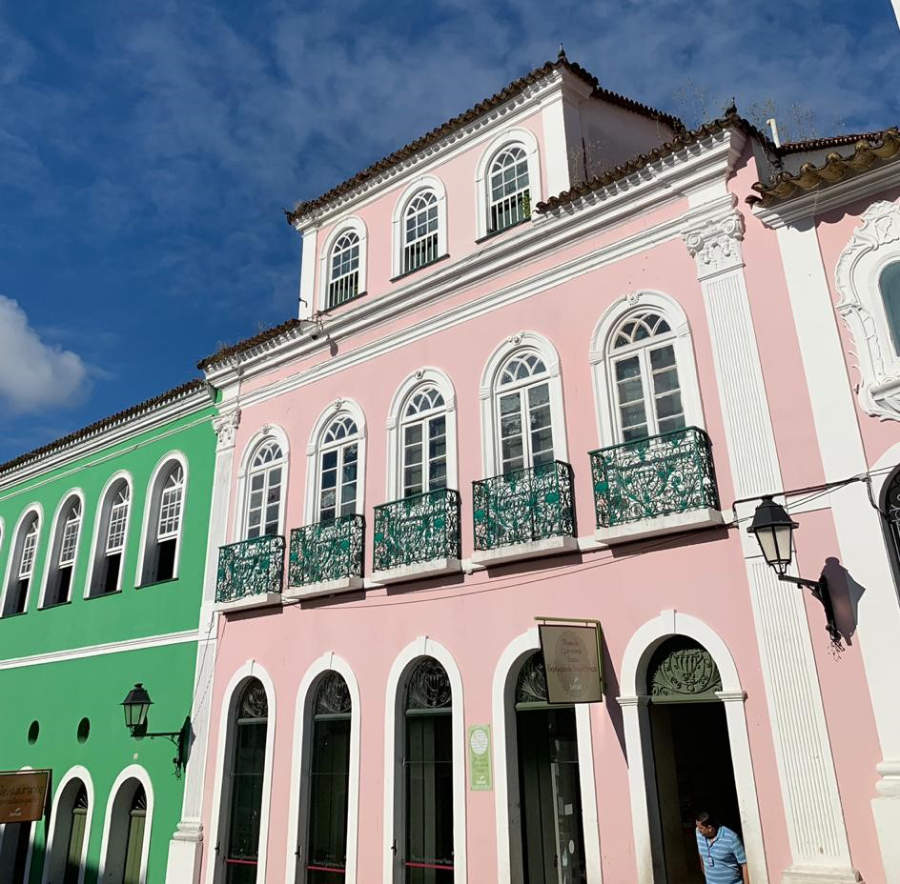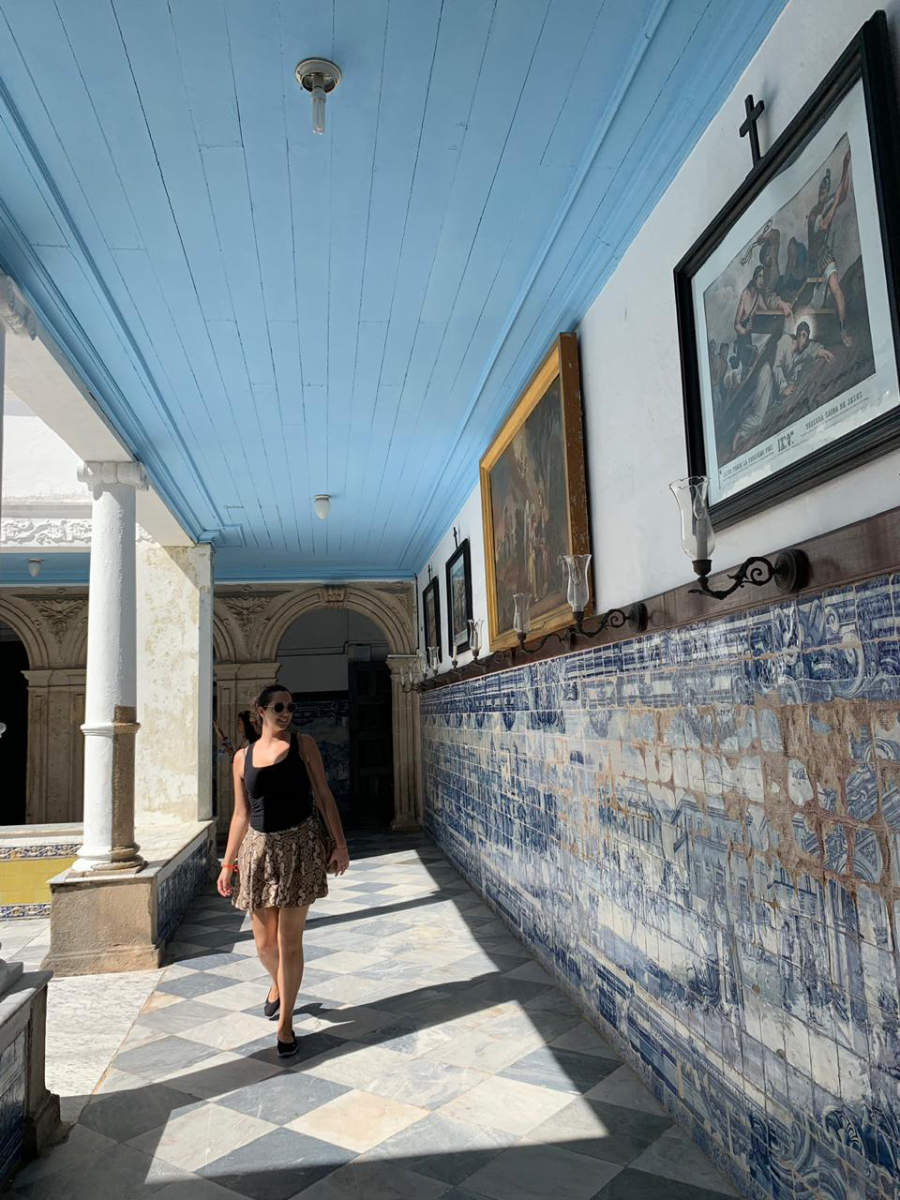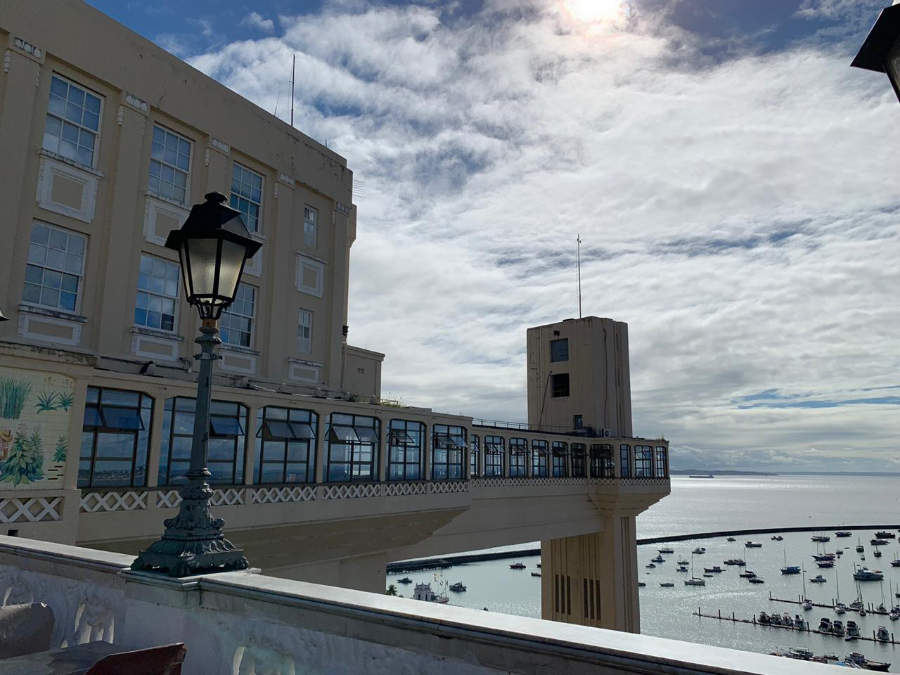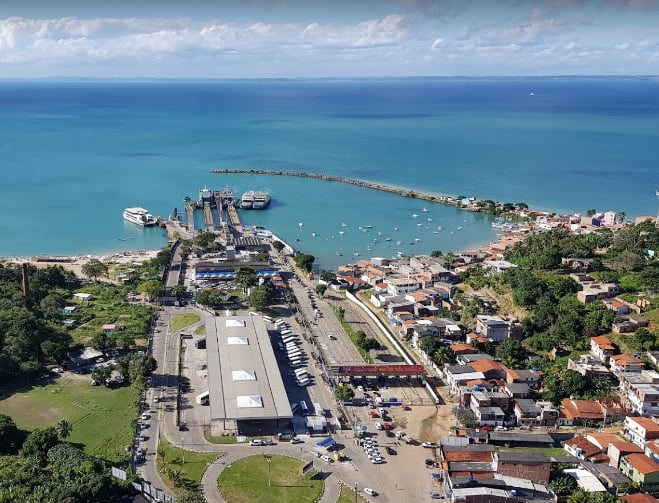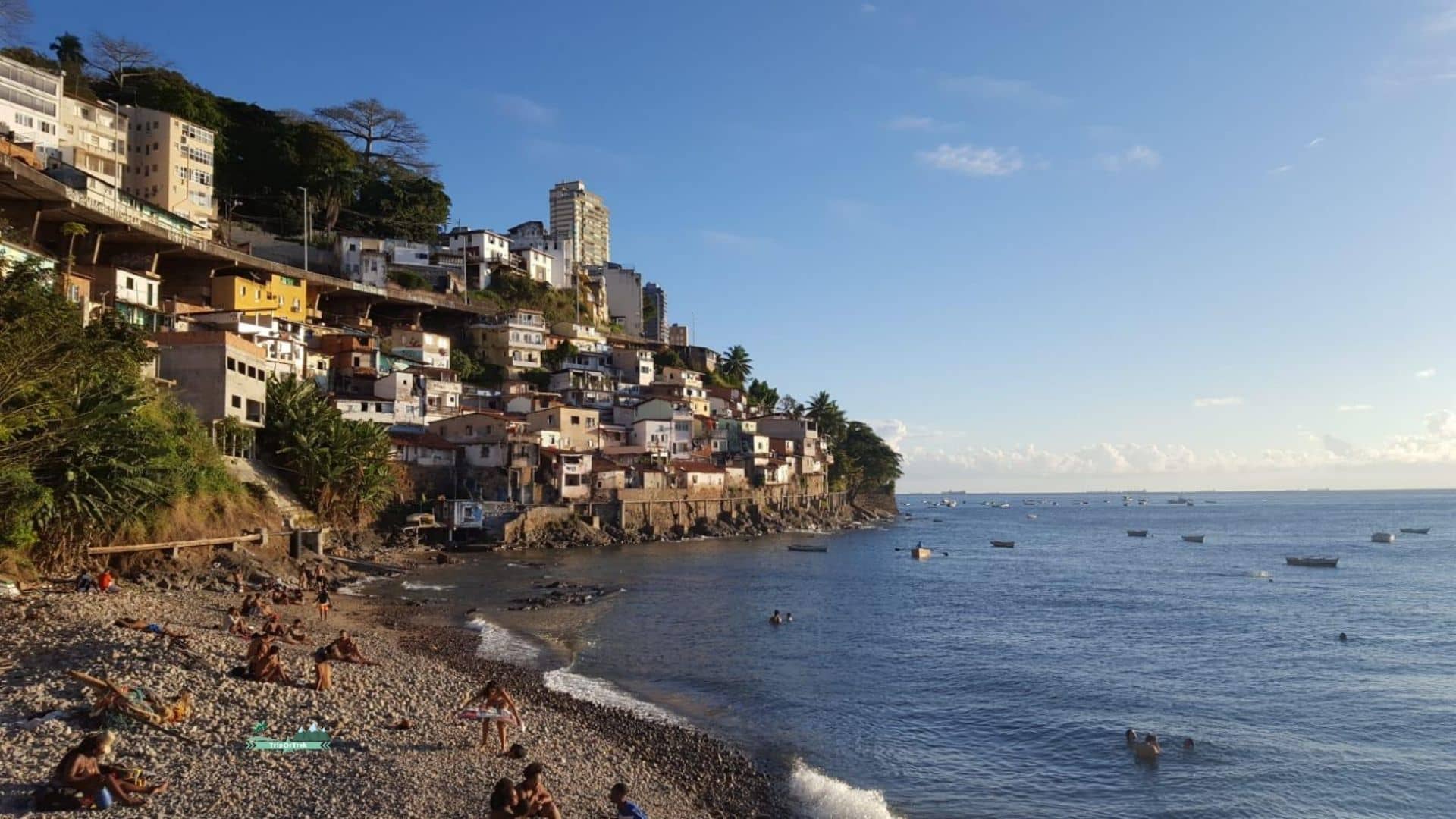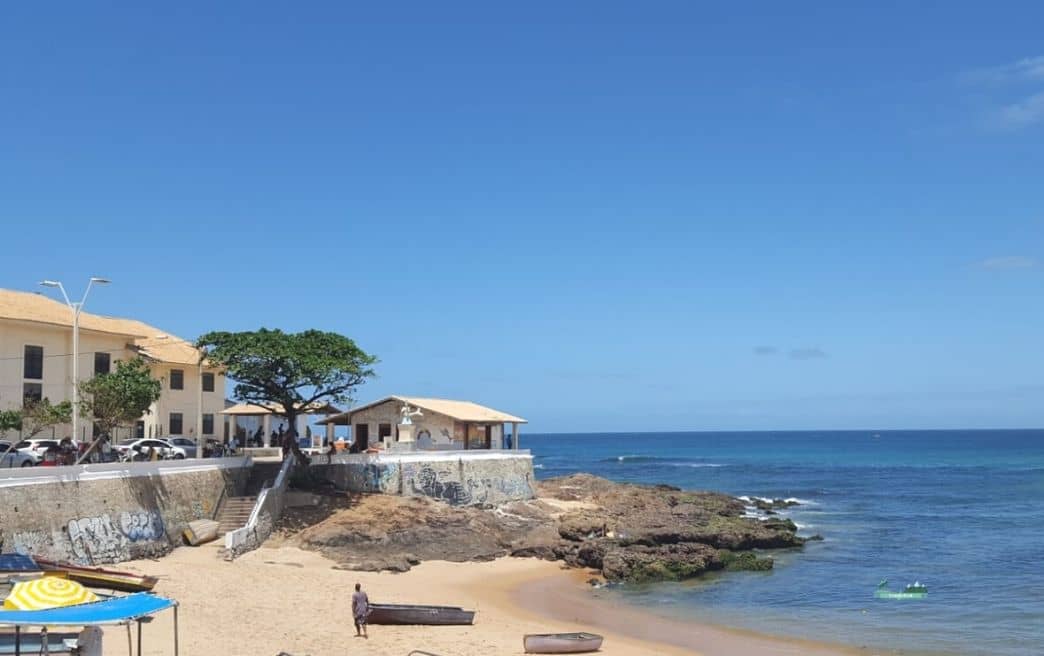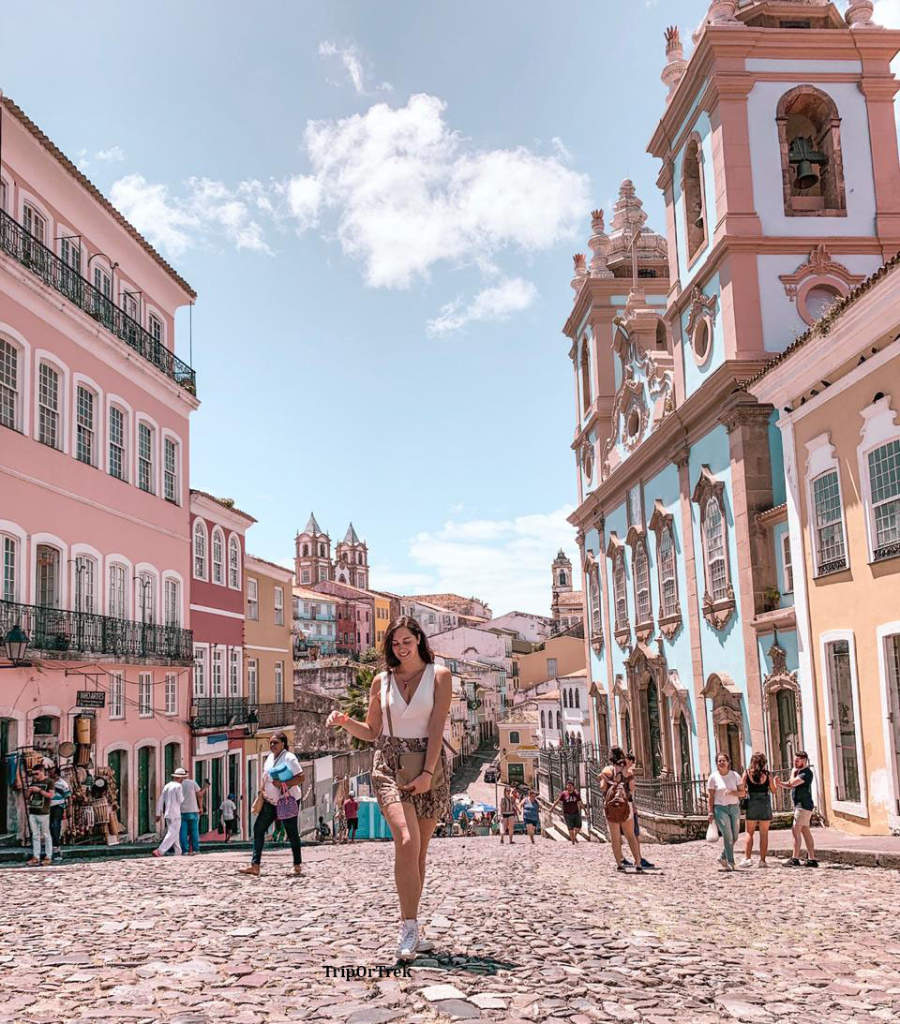
Itinerary to discover Salvador de Bahia and its historical center, the Pelourinho, Unesco heritage
Colorful, full of charm and colonial stories Salvador De Bahia steals the heart with its contrasts, its liveliness, the music that invades the streets, its multi-ethnic soul and the smiles of its inhabitants. Over the centuries, the streets of this city have seen the faces and traditions of Africa, America and Europe mix, which have given rise to a unique cultural mix.
Quoting a verse by Dorival Caymmi “Bahia has its own style that no other place can imitate” and it is really true because there are so many facets of this tropical metropolis.
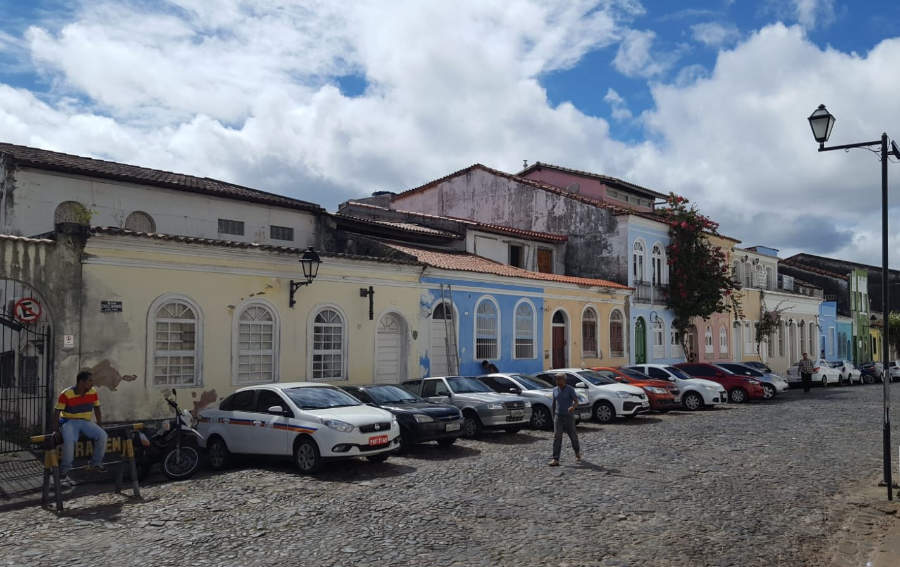
They can be summarized with three Cs: candomblé, capoeira and cachaça. The first is the Afro-Brazilian religion of the Orixas, the demigods whose cult has integrated with other religions of the state of Bahia. The second is a dance that comes from the struggle, and which tells the story of the African Americans who arrived in Salvador as slaves. The third is the brandy that is obtained from sugar cane, a fundamental ingredient of caipirinha, the cocktail par excellence of Brazil.
You will find traces of these three symbolic words in the daily life of Pelourinho, the historic district of Salvador which has been included in the UNESCO World Heritage List since 1985.
Built by the Portuguese between the 18th and 19th centuries, the Pelourinho was the residential, administrative and religious center of the city. In Portuguese Pelourinho means the pillory pole where slaves were flogged. Slavery was abolished in 1888 and the Africans who remained in the city transmitted joy and musicality to Brazilian culture or, as Gilberto Freyre said, “a sweet and musical way of speaking. In addition, they spiced up the cuisine of Bahia ”. Today, Salvador is the most Afro city in the world outside of Africa and Pelourinho, abandoned for most of the twentieth century, has been restored and restored to its original splendor.
Today, Salvador is the most Afro city in the world outside of Africa and Pelourinho, abandoned for most of the twentieth century, has been restored and restored to its original splendor.
Among its most colorful and characteristic squares is the Terreiro de Jesus whose original name, Praça 15 de novembro, dates back to the end of 1500, when this part of the new city was granted to the Jesuits by the Governor General Tomé de Sousa. Here the priests built a first chapel and their college, and the population began to call the area they overlooked “Terreiro de Jesus”.
Then in 1600, the chapel gave way to the monumental church that still dominates the square today and which has become the Cathedral of Salvador.
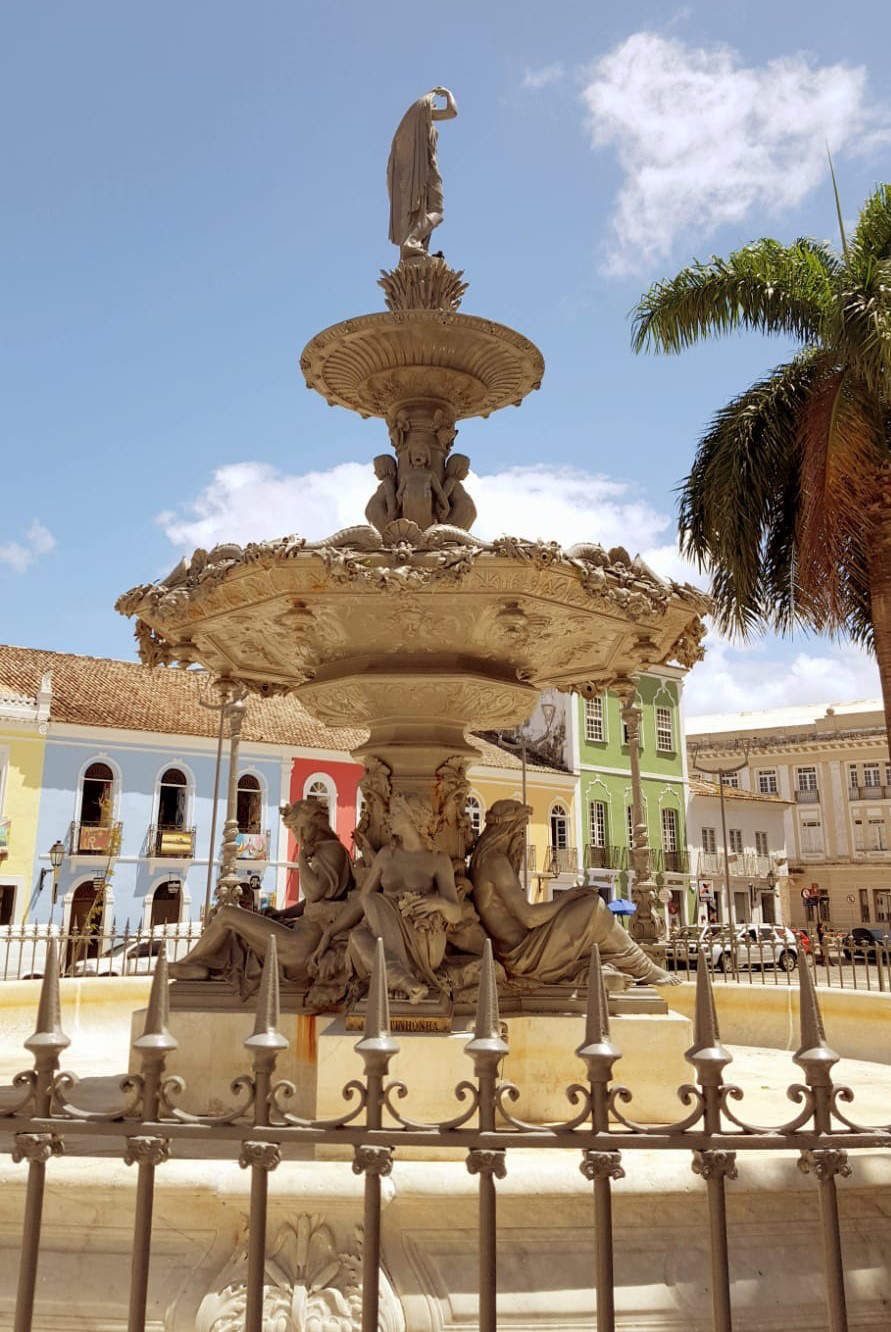
The old quarter is a tangle of cobbled lanes, small shops, street vendors, Afro-Brazilian matrons, capoeira dancers, street musicians and holy men. A variegated, happy and desperate humanity, ready to welcome you and cheat you at the same instant. All in the shadow of the church of the order of San Francesco, a Christian stronghold in the heart of Brazilian syncretism.
The Igreja e Convento de São Francisco is considered one of the masterpieces of Baroque art in Brazil and houses a cycle of Portuguese azulejos, dating back to 1743-46, which portray the city of Lisbon before the earthquake of 1755. Art thus becomes a way to pass on and enhance the images of an era now lost forever.
In Pelourinho, moreover, some scenes of the video of Michael Jackson’s song “Don’t care about us” were filmed in 1996, which became a hymn against social injustice. In front of the blue house, home of the music video, is the museum dedicated to Jorge Amado, one of the most important Brazilian writers who set many of his novels right in the historic district of the city. Don’t miss the panoramic view that can be enjoyed from the top floor of the museum.
The Pelourinho dominates the port area from above, which is connected to the UNESCO district by steep streets and the historic Elevador Lacerda. Built by the merchant Antônio Francisco de Lacerda in 1873, it replaced a manual pulley installed by the Jesuits.
The current appearance dates back to the works of the 1930s, when it was rebuilt in the Deco style. It is still functional today and covers a vertical stretch of 72 meters in about 30 seconds. Time during which you can admire a wonderful panorama of the bay.
Continue in the next article

Viaggio e racconto il tuo territorio scrivendo di turismo, marketing territoriale e storytelling nel mio blog TripOrTrek



